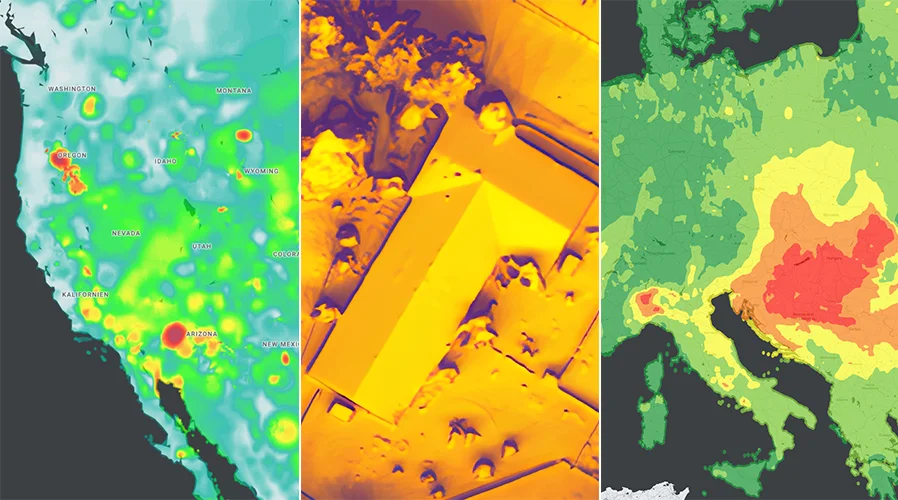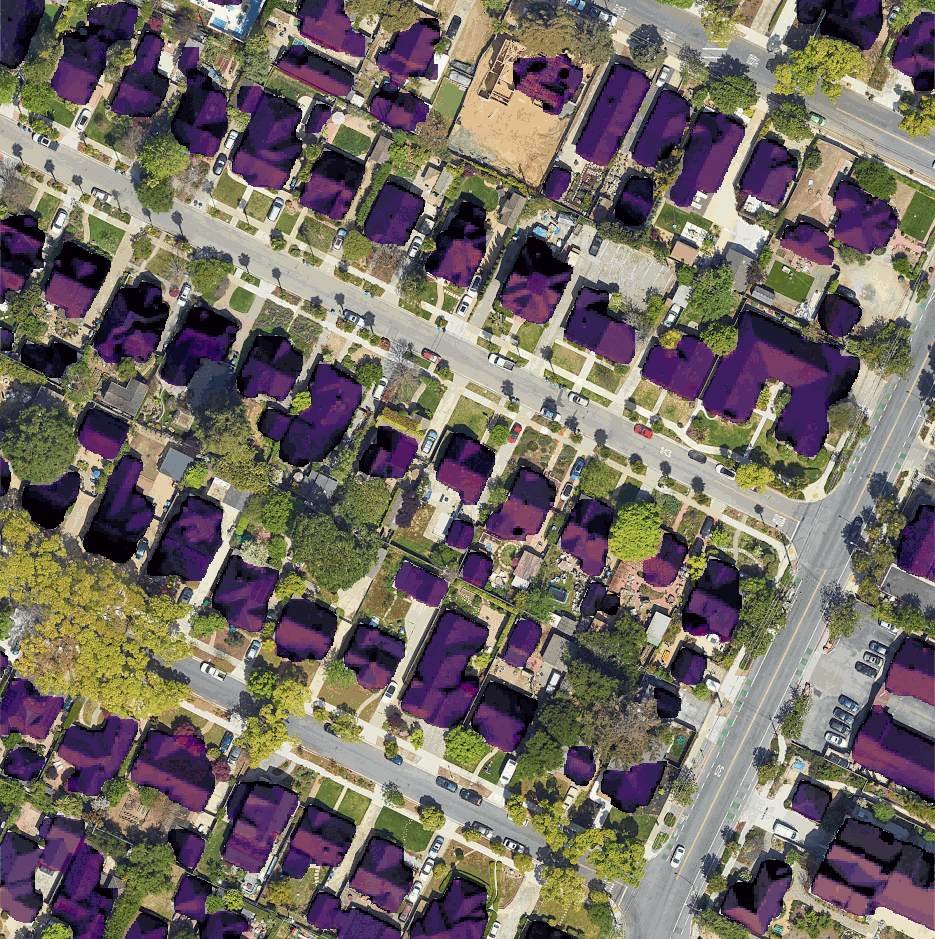Google Takes on Climate Change with New Maps Platform Features

In a move to accelerate global sustainability initiatives, Google has announced the expansion of environmental features within its Google Maps Platform. These new offerings utilize artificial intelligence (AI) and machine learning (ML) to provide realtime data on solar potential, air quality, and pollen levels, enabling developers, businesses, and organizations to create tools that help combat climate change.
Project Sunroof Expands to Businesses to Optimize Solar Potential
Initially launched in 2015, Project Sunroof was designed to help individuals gauge the solar potential of their rooftops. Google is now extending this service to businesses through its new Solar API. The feature employs advanced mapping and computing resources to provide detailed data on rooftop solar potential for over 320 million buildings in 40 countries, including the U.S., France, and Japan.
The Solar API combines aerial imagery, 3D geometry of rooftops, trees, and shade, with information about local weather patterns and energy costs, allowing businesses like solar installation companies to assess potential energy savings even before visiting a location. The aim is to make it easier for homeowners to install solar panels and contribute to sustainable energy practices.
Air Quality Data at Your Fingertips
Last year, Google introduced an air quality layer in its Maps app to help users make informed decisions about their locations, particularly in regions affected by wildfires. The technology giant build upon these features with its newly unveiled Air Quality API. The API consolidates and validates terabytes of data each hour from various sources such as government monitoring stations, meteorological data, and sensors.
This datasets enable companies in healthcare, auto, and transportation sectors to offer accurate air quality information to their customers.

Google Maps Helps You Beat Seasonal Allergies with Pollen Forecasting
Rising global temperatures and greenhouse gas (GHG) emissions lead to increased pollen production in plants, adversely affecting those with seasonal allergies. Google’s new Pollen API addresses this issue by offering localized pollen count data, heatmap visualizations, and specific plant allergen information in over 65 countries.
ML algorithms identify the locations of pollen-producing plants and predict pollen distribution based on local wind patterns. This enables companies to offer allergy-sufferers data-based insights for better planning.
Google, through an array of its own tools like Google Earth, Earth Engine and Environmental Insights Explorer is working to share insights about the planet. With these tools, the company has created a rich and evolving map of the world using advanced AI. Furthermore, with insights into how the planet is changing, the company has built, and is evolving its sustainability tools.
It is now extending its powerful toolsets and technologies to support other organizations to better carry out their sustainability initiatives, as well make and demonstrate a greater sustainability impact. Google’s goal is to help individuals, cities, and partners collectively reduce 1 gigaton of their CO2 emissions annually by 2030.
Popular Now
hub.cleanearth.io Media
Sign Up for the hub.cleanearth.io weekly newsletter
Our biggest stories delivered to your inbox weekly.
By signing up you agree to our Disclaimer, our Privacy Policy & Cookie Statement and to receive marketing and account-related emails from hub.cleanearth.io. You can unsubscribe at any time.







